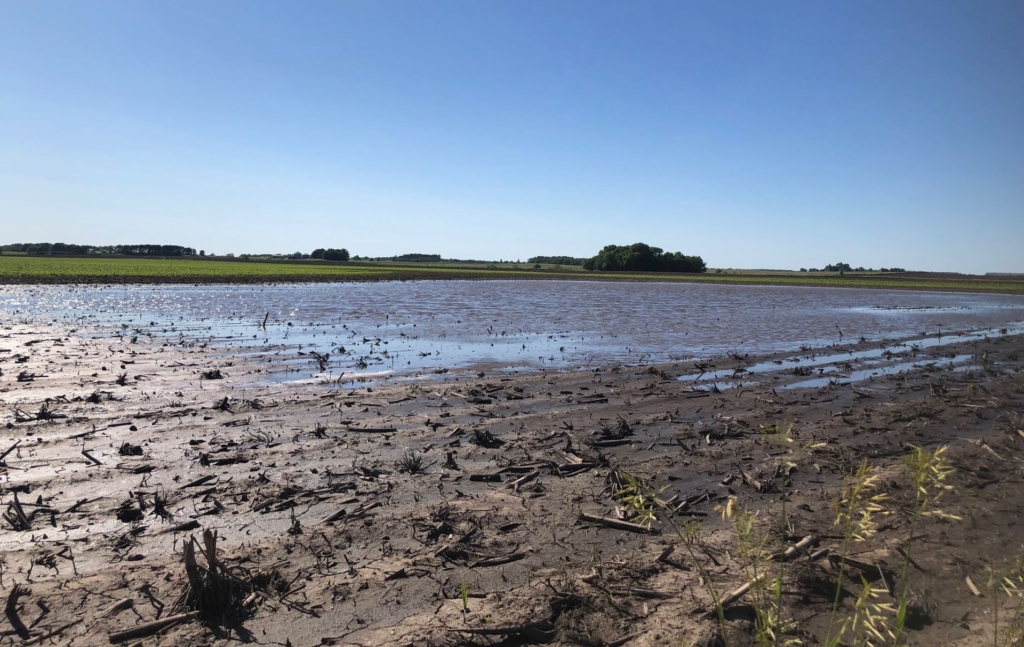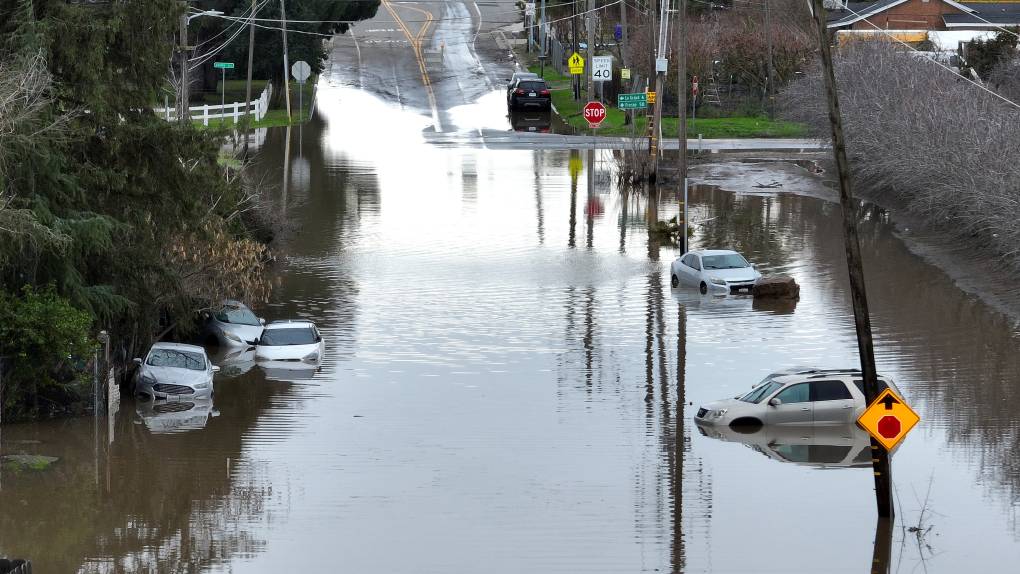U.S. farmers now face extreme heat wave after floods and trade war – “We’ve never seen a year like this”

By Emma Newburger
20 July 2019
(CNBC) – In the past year, torrential rains have dumped water on U.S. farmlands, destroying acreage and delaying crops from getting planted on time.
Now, farmers face another hurdle: a stifling heat wave that’s spreading across the United States and is expected to be the worst in the farm regions, including Oklahoma, Kansas, Nebraska, Missouri, Iowa and Illinois.
“Every time we think we catch a break, it’s just another issue we have to solve,” Adam Jones, a 28-year-old organic farmer from Illinois, told CNBC. “It seems like it never stops.”
“This year, there are farmers who are the first in their family for three generations to not grow crops on their fields,” he continued. […]
Aaron Keilen, an organic farmer from Portland, Michigan, was unable to plant on 75% of his land this year due to flooding, and was delayed in planting his crops until the last week of June, over a month later than usual. The delay will hurt his yield; after May 15, each day a farmer doesn’t plant crops means a roughly 1% reduction in corn yields. For soybeans, each day after June 1 means a 1% reduction in yields, Keilen said.
Now, Keilen said the heat wave is stunting the growth of his crops, which were planted later than usual in wet soil. While his crop insurance will be just enough to keep him in business, he worries about lost profit.
“We’ve never seen a year like this. It’s been so hard,” Keilen said. “But we see people coming together, churches offering prayer services for farmers and coming together to support each other.”
The one key message is this is the new normal — and it’s only going to get worse.
Alex Jones, climate division director, U.N. Food and Agriculture Organization
Nationwide, farmers are expected to harvest the smallest corn crop in four years, according to the U.S. Department of Agriculture. The USDA in June lowered soybean and corn production estimates, and after widespread planting delays this spring, will release a report in August with updated plantings figures for corn and soybeans. […]
“The weather conditions are bouncing from extreme to extreme — from excessive wetness to record setting heat waves,” said Brad Rippey, a USDA meteorologist. “There’s no in between.”
Alex Jones, climate division director at the U.N. Food and Agriculture Organization, attributed the heat wave to climate change and warned farmers to “get used to it” and build resilience into the system by planting more resistant crops, even if doing so results in lower yields.
“The one key message is this is the new normal — and it’s only going to get worse,” Jones said. [more]
‘It never stops’: US farmers now face extreme heat wave after floods and trade war

